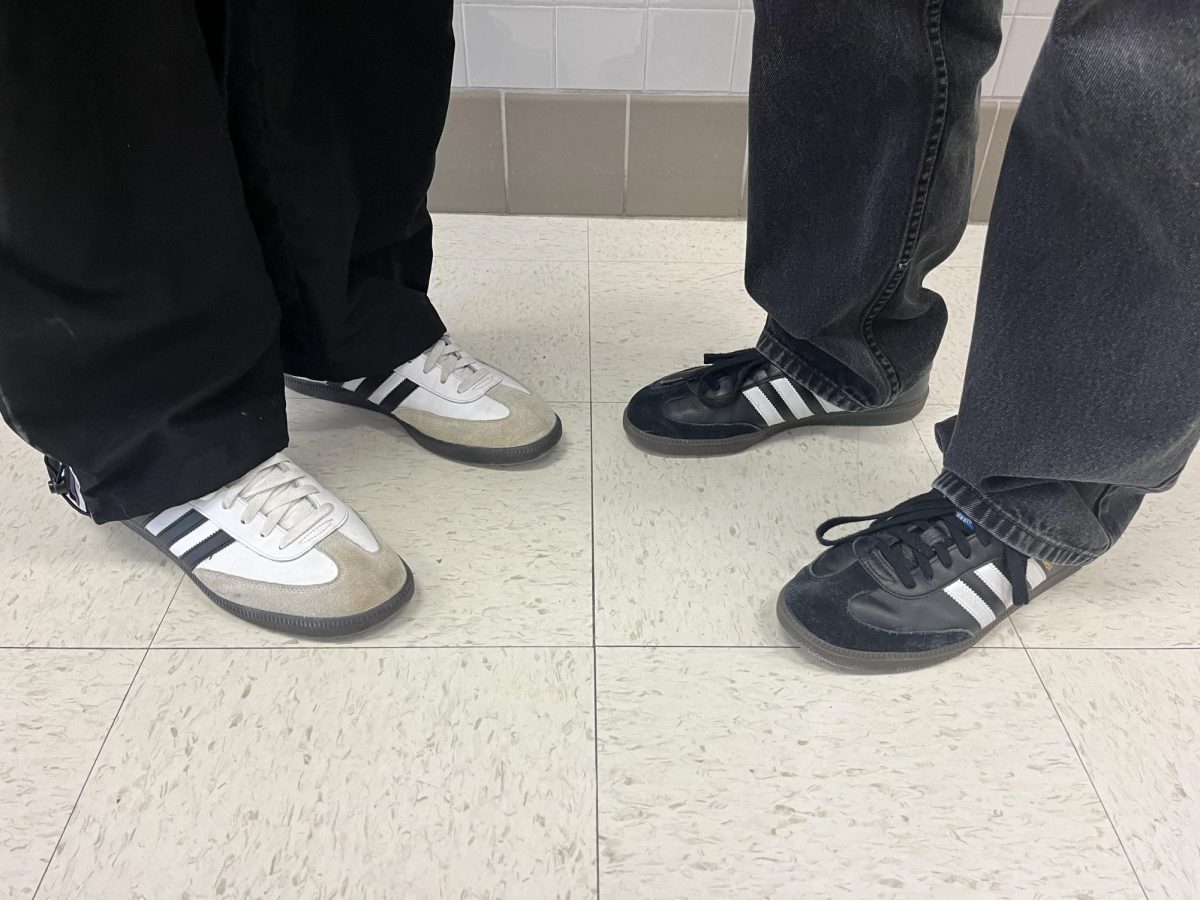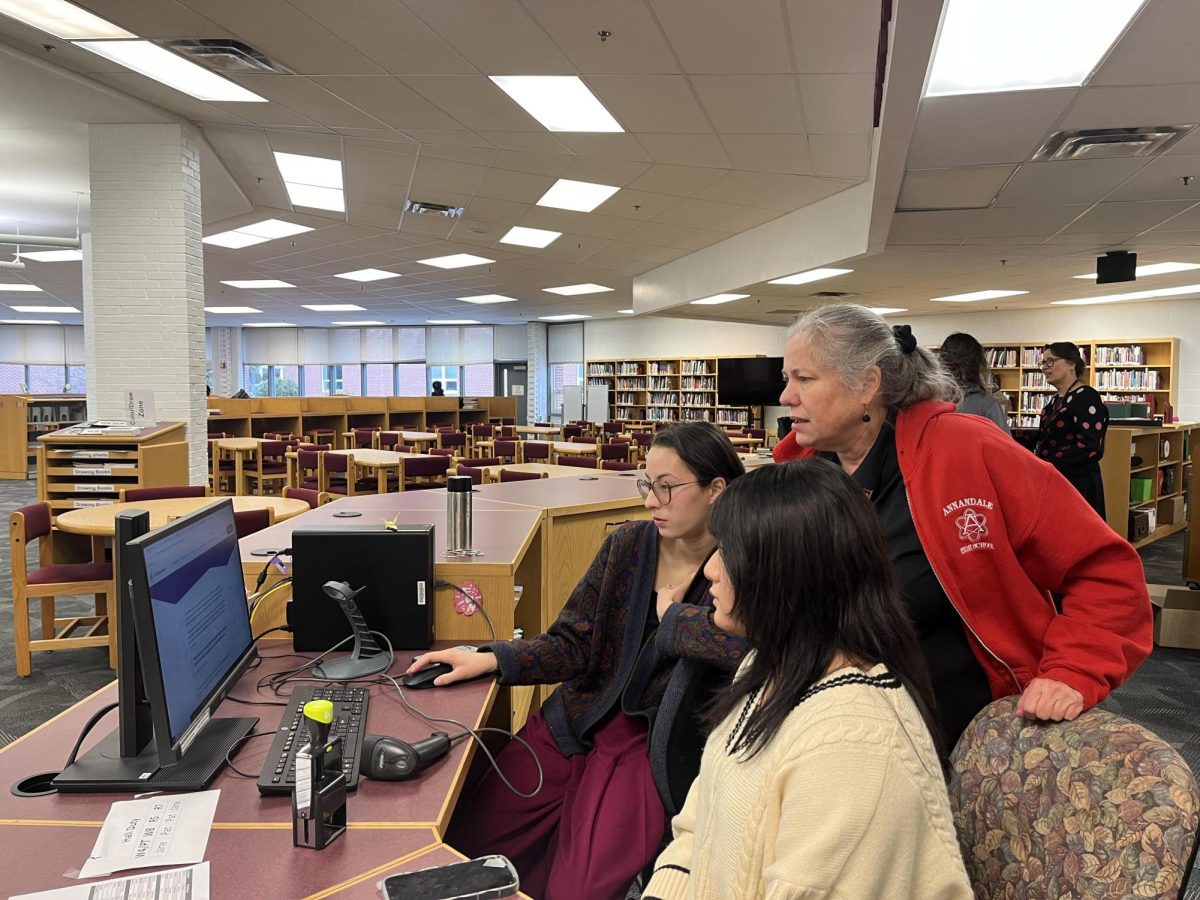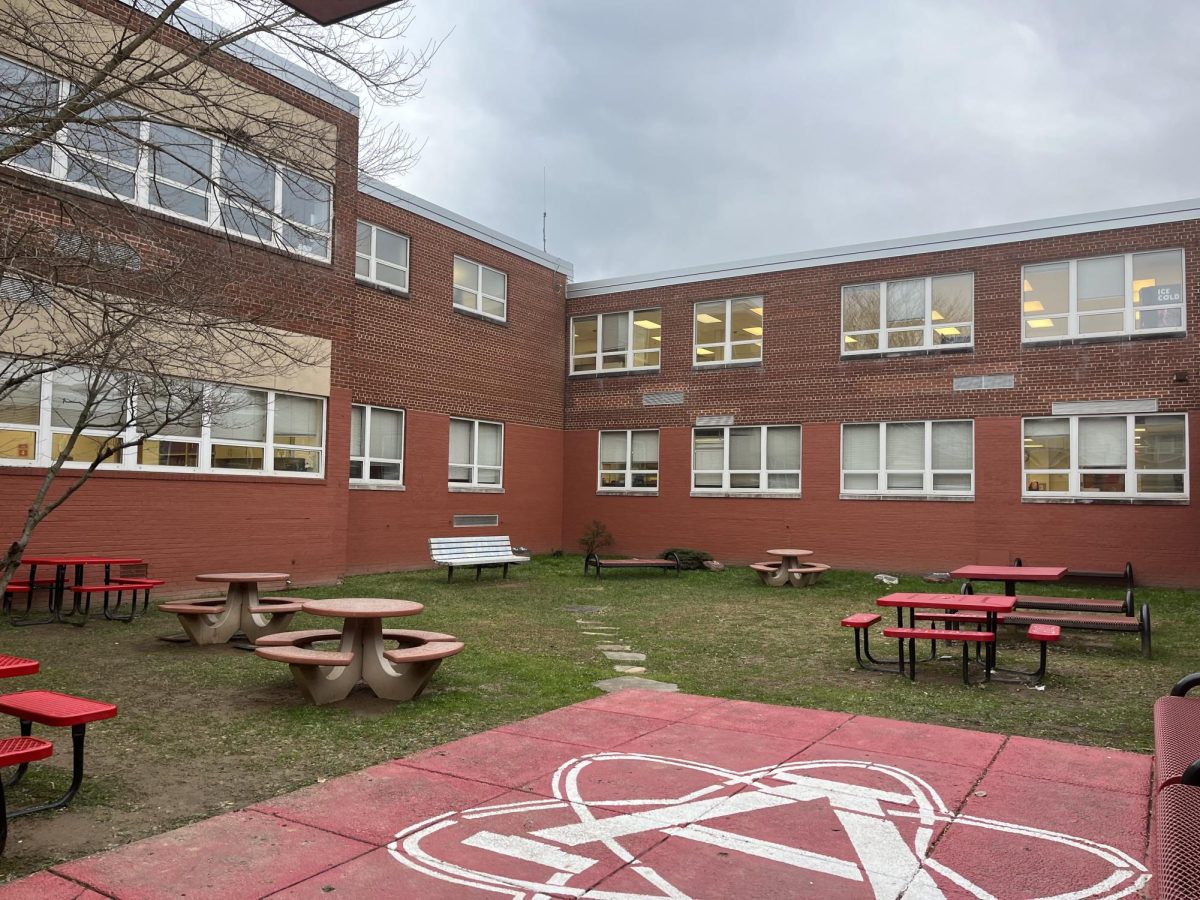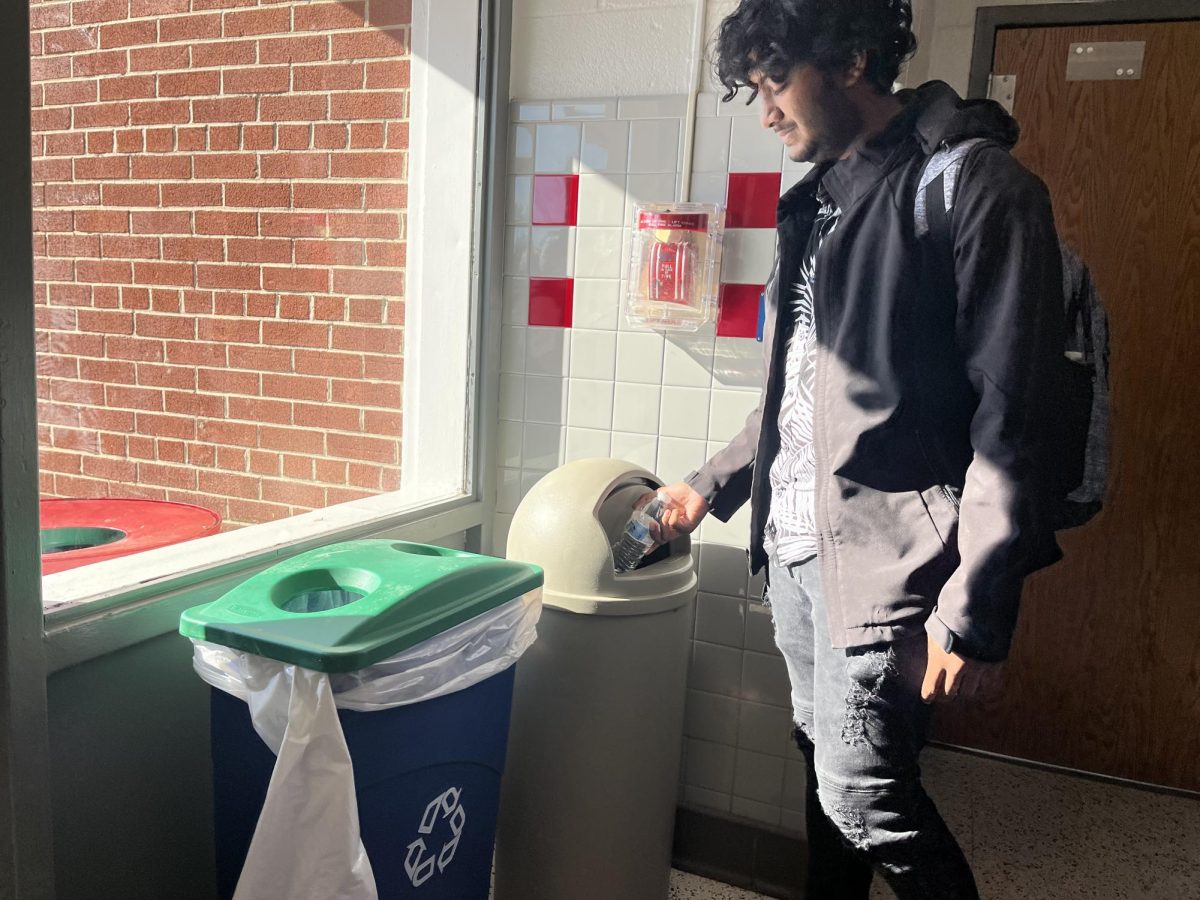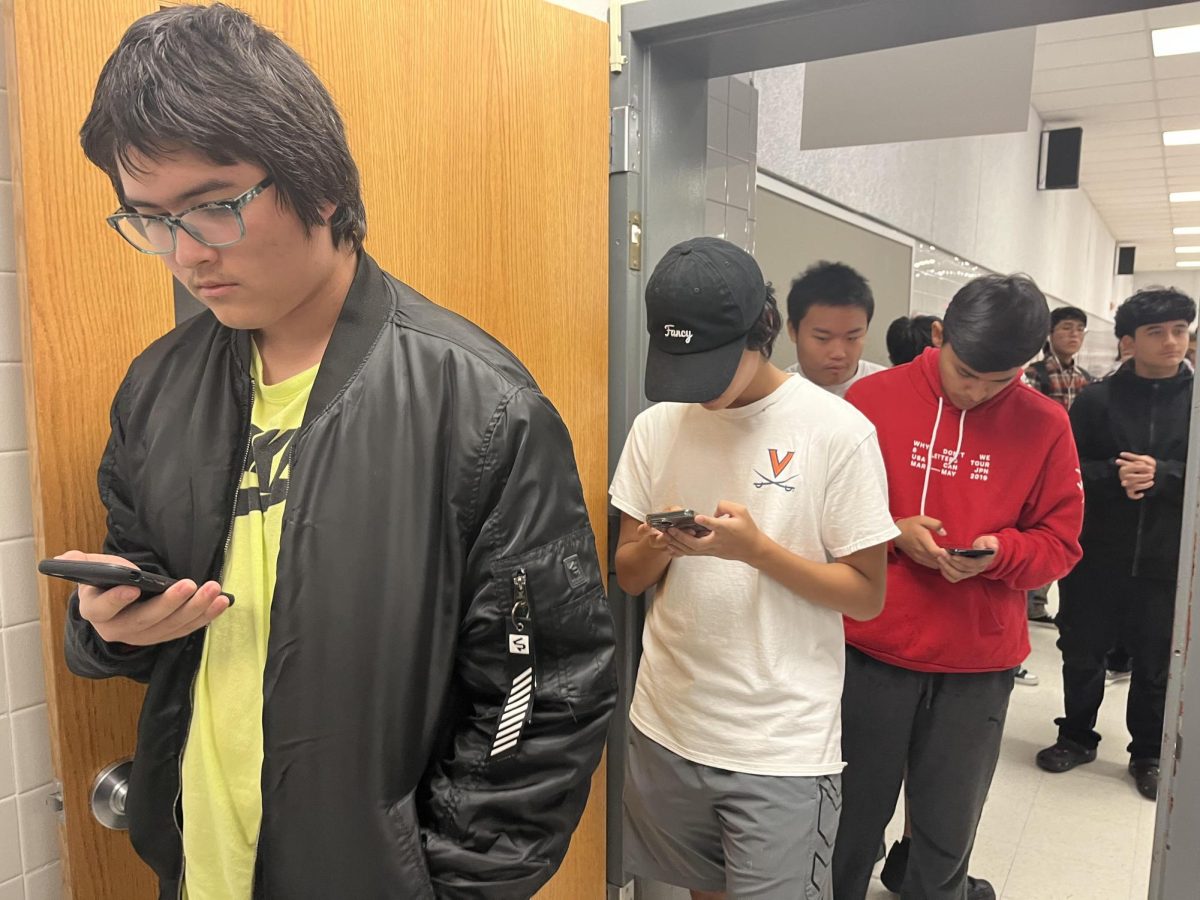A good friend of mine recently sent me a YouTube video detailing the project of a college student and his experiences on New York’s subway system. He would ask fellow riders questions which require a bit of deep thought. What was most intriguing about their reactions was their shock when first approached. This initial reaction reminded me of my own experience as an intern last summer, commuting to and from the city on a daily basis.
Passengers who were otherwise amiable and friendly people on the streets of Washington and in their respective workplaces seemed to transform when entering the subterranean Metro stations. They were defensive, distant and strikingly solitary. During rush hour, these largely agreeable Washingtonians were pushy and self-serving, acting on almost visceral reactions. For a psychologist this would be an intellectual feast; for me, however, it was both captivating and intimidating.
Based on my limited observation, I noticed that Metro cars and stations were lacking a human element, especially with the monotonous color scheme of the stations. One might view a picture of it and see the solitude and isolation found in Edward Hopper paintings. Every man and woman was for himself or herself.
Why is it that these spaces evoke a dehumanizing effect from their inhabitants? Maybe it is a result of the exhaustion of a work day. Perhaps the nightly reports of petty theft that runs rampant in the stations cause this distortion.
Or so I thought.
In fact, it turns out that these questions are the basic tenets of a strain of psychology called environmental psychology. John B. Calhoun, a titan in the field, theorized about this effect through several studies with lab rats. His study produced results that suggested that when operating in a public space, the brains of mammals (be them of humans or rats) create a defense mechanism that translates into behavior that we refer to as aggressiveness. The only manner in which to avoid this is to personalize public spaces. Hanging pictures, painting walls and creating private rooms are examples of these efforts.
Of course, I’m not suggesting that the Washington Metro Area Transit Authority (WMATA) should build private rooms in its Metro cars or hang curtains over the windows. But I think that when WMATA authorizes its next update, it should allot dollars to the personalization of stations and cars through minimal changes such as painting the walls neutral colors or playing music through the loud speakers of Metro cars.
However, if changes are not made, public spaces which are designed to compact a large amount of people into a small amount of space are simply screaming of danger. One false word, or off-color joke, could result in the damage of not only property, but also of people. I would not like to be in the middle of the rush hour commute when social hysteria like that breaks loose, and neither would you.



